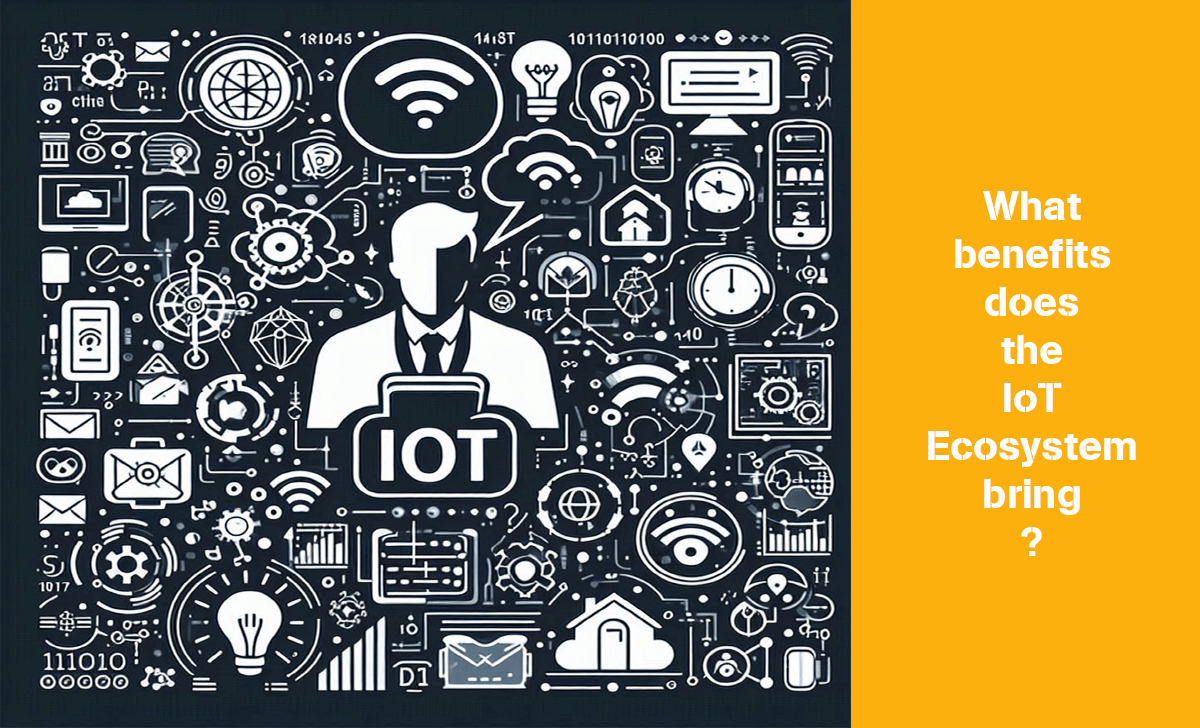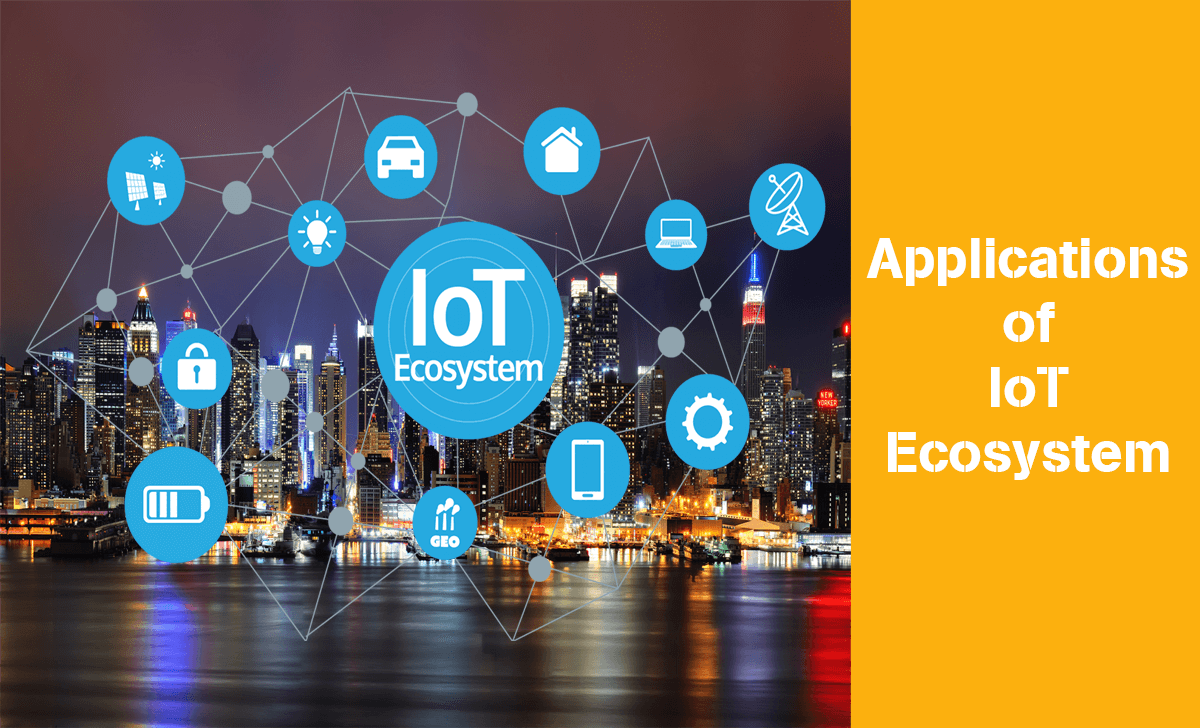IoT Ecosystem is a term used to refer to a system where every object has its own identity and can be accessed through the internet. This ecosystem’s devices will be connected and operate towards a specific destination.
If you want more information about the IoT Ecosystem concept, why not try following upcoming content from AZCoin?
What is an IoT Ecosystem?

First, let’s talk about the concept of IoT, an acronym for Internet of Things, a word used to refer to a network where every object has its own identity and can be accessed through the Internet. An IoT Ecosystem is a combination of many different IoT layers.
In other words, an IoT Ecosystem is a collection of connected devices that work together towards a specific goal. Because of this characteristic, this ecosystem has been and is being applied in implementing security protocols, data management as well as tracking and monitoring assets of large companies and businesses with its unique features with some famous names like IOTA, Blue Yonder,…
What components does the IoT Ecosystem include?

The IoT Ecosystem is made up of different architectural components such as hardware components, software, and layers connecting analytical components,… However, it is difficult to determine the general architecture of this ecosystem because each business unit will have a different implementation method.
Because of the diversity and complexity mentioned above, we will try to summarize as much information as possible about the components that make up the IoT Ecosystem as follows:
- IoT devices: These are smart devices that interact with the environment. These devices are divided into two main categories: sensors that monitor certain aspects of the surrounding environment and actuators that use data. data from sensors to take action.
- Connection layer: An important component of the IoT Ecosystem because without it it will not be possible to execute any application. This component will include protocols and gateways that specialize in managing internet traffic between users. IoT devices.
- Analytical layer: The component will use detailed collected information data to analyze and drive business decisions, the raw data here will be pre-processed and converted to the format above. for which machine learning models are developed.
- Data management layer: Component that manages and processes raw and processed data at scale, used to serve purposes based on business needs. This component is usually set up in data centers with separate data for easier management.
- End component: This component includes smart devices such as smartphones, tablets,… connected to the IoT computing engine through cloud applications and remote connections established set up on request.
What benefits does the IoT Ecosystem bring?

From the previous information, you must have seen that IoT Ecosystem is an extremely complex system, but when successfully deployed, it can bring many benefits, especially for businesses such as:
- Provides opportunities for new revenue streams, captures consumer attention, and drives industrial automation.
- Simplify and automate production and work processes, making them more efficient, getting more work done with fewer resources consumed and with less human error.
- Create new business models through automation and new service offerings, future-proofing the way a business operates for the better.
- Improve business insights and customer experiences with dramatically improved real-time data collection, analytics, and insights.
Besides, if you want to learn more about other innovative technologies, here are some suggestions for you: Sensor Network, What is machine-to-machine (M2M),…
Applications of IoT Ecosystem

Here is some more information for you about how the IoT Ecosystem is applied at present:
- Mining industry: IoT devices are used in oil mines to provide information about environmental indicators at the mine.
- Manufacturing industry: IoT devices are used to monitor and manage production processes as well as ensure product output quality.
- Energy industry: IoT devices are used to monitor and measure energy parameters such as consumption, and production capacity,…
- Agricultural industry: IoT devices are used for sensors in the soil to monitor acidity, temperature, and other factors to help farmers improve harvest yields.
- Home appliance industry: IoT devices are used to form connections between other home appliances from a manufacturing brand to improve user experience.
- Food service industry: IoT devices are used to connect and collect information in department stores and fast food chains.
The above are just some examples of how the IoT Ecosystem is applied because the current number is very large and is increasing day by day.
Conclusion
Finally, we have come to the end of all the most general and easy-to-understand content for the IoT Ecosystem concept. Thank you for watching and hopefully we will see each other again in future content from AZcoin.

I am Tony Vu, living in California, USA. I am currently the co-founder of AZCoin company, with many years of experience in the cryptocurrency market, I hope to bring you useful information and knowledge about virtual currency investment.
Email: [email protected]











